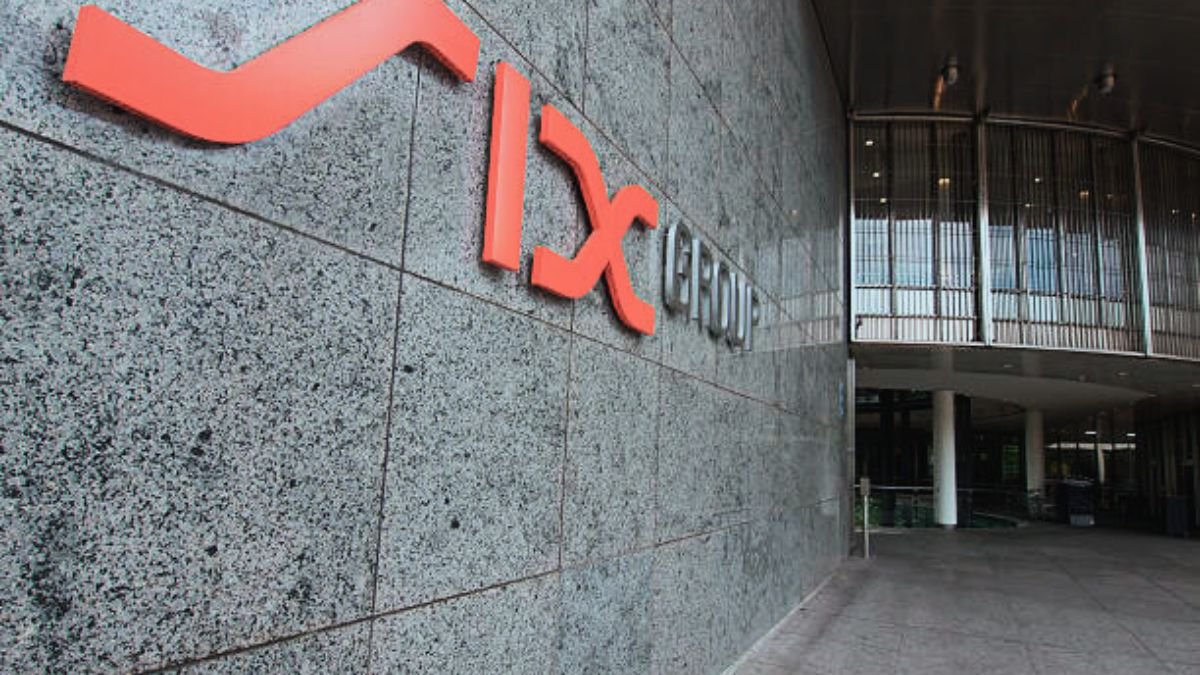Swiss Market Tumbles as Trump’s 39% Tariff Shocks Exporters.
Luxury giants Richemont and Swatch lead the decline, as a new 39% U.S. tariff puts Swiss companies at a severe disadvantage against global competitors.

The Swiss blue-chip market index (SMI) opened 1.8% lower on Monday, in the first trading session since the Trump administration stunned Switzerland with a surprise 39% tariff on its exports to the United States.
The market reaction was swift and sharp, as Monday was the first opportunity for investors to respond to the news announced late Friday, a day when markets were closed for the Swiss national holiday.
Luxury and Watchmakers Bear the Brunt
The luxury goods sector, a cornerstone of the Swiss economy, felt the most immediate pain. Shares of Richemont (CFR) and Swatch Group (UHR), two of the world’s most prominent watch and jewellery makers, both opened 3% lower.
The U.S. is a critical market for these companies. “Most Swiss watches and jewellery are made in Switzerland, with 20% of Swiss watch exports going to the U.S.,” noted Jean-Philippe Bertschy, an analyst at Bank Vontobel. He added, “Additionally, the U.S. has been the main growth driver over the last five years.”
Pharmaceutical Giants Spared
In contrast, Switzerland’s massive pharmaceutical sector was more insulated from the downturn. Healthcare giants Roche (RO) and Novartis (NOVN) saw more moderate stock slips of 2.29% and 1.1%, respectively.
This is because the tariff announcement by the Trump administration explicitly excluded pharmaceutical exports, cushioning the blow for two of the largest companies on the Swiss index.
A “Highly Toxic Cocktail” for Exporters
According to Bank Vontobel, the new tariff creates a severe competitive imbalance. The 39% rate puts Swiss exporters at a “considerable disadvantage” compared to companies in the European Union, Japan, or South Korea, all of which face a baseline tariff of only 15% for similar goods.
This trade barrier is compounded by another significant headwind: currency valuation. The U.S. dollar has already fallen 12% against the strong Swiss franc year-to-date, making Swiss products inherently more expensive for American consumers even before the tariff.
The pain extends beyond luxury goods. Suppliers of machinery and tools, which count the U.S. market for around 15% of their exports, are also highly exposed. Many of these smaller, specialised companies were already facing a challenging environment due to weak demand in Europe and China.
Analyst Jean-Philippe Bertschy described the combined effect of the strong franc and the disadvantageous tariff as a “highly toxic cocktail” for Swiss industry, creating a difficult path forward for the nation’s export-driven economy.






